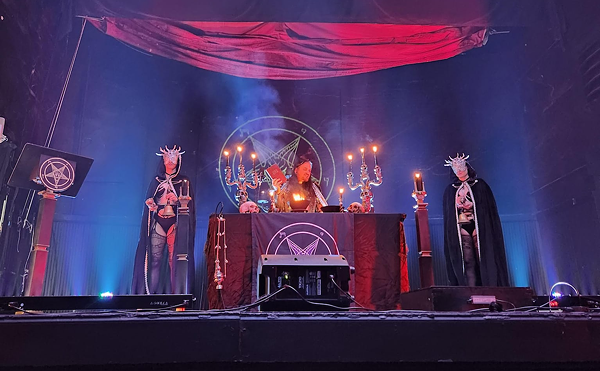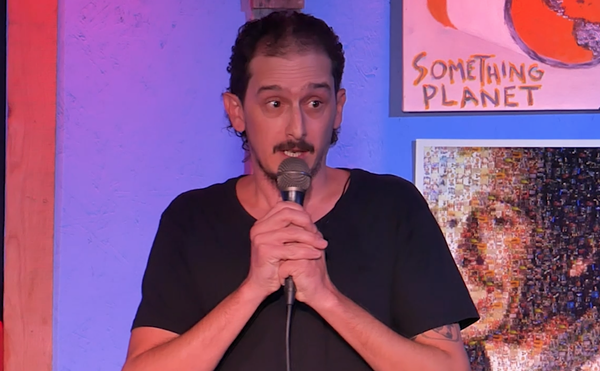
“I thought, why are people just now finding out about Black cemeteries under parking lots, churches, and housing complexes?” Jackson said. “How do we bring that into the present and understand what it means to have those cemeteries being found? How can we contribute to the conversation and get people involved?”
After George Floyd was murdered by police in 2020, USF set aside $500,000 in grants for projects on understanding Blackness and anti-Black racism. Jackson’s proposal was funded, and the work began.
“It’s a pattern of African American burial grounds being neglected and forgotten,” Dr. Julie Armstrong, English professor at USF St. Petersburg, said.
She was part of the team working with Jackson on research beginning with Oaklawn Cemetery in St. Petersburg, now a parking lot along Interstate 275. Also, Zion Cemetery in Tampa, is now the Robles Park Village housing complex. That research grew into a national database called the Black Cemetery Network with archives on cemeteries in 20 states so far. But the work goes beyond an extensive historical archive and looks to art as a way to acknowledge the incredible injustices at hand.
“Once I started the conversation and started working on a local level, it became a conversation with people throughout the country,” Jackson said. “This is not an isolated incident, it's not isolated to Florida.”
Walter “Wally B” Jennings works by day as USF’s assistant director of diversity initiatives. But many in the community know the Tampa native for his spoken word poetry. When he heard what Jackson was working on, he wanted to get involved too.
The resulting collaboration is “Art Over Erasure: Speaking truth to troubled histories in St. Petersburg,” on Thursday, Nov. 3, at the Center for Health Equity. The event hopes to address the erasure of St. Petersburg’s Oaklawn, Evergreen, and Moffett Cemeteries through the lens of research and art.
“When you’re able to transpose data into a story, reimagine it as a poem that’s dedicated to a person that may have been buried in one of those places, it humanizes it and provides an EQ moment for people,” Jennings said.
The event is one in a series, including previous sessions in Tampa. Another is in the works for April in Clearwater. Because so much of the documentation was lost over the years, oral history is crucial. By talking about the places that have been erased, the hope is that more stories will come forward. Jackson and Armstrong said they interviewed St. Pete’s Mayor Ken Welch, a native of the city, and found out even Welch didn’t know about cemeteries until he read about them in the paper.
“We want to begin the process of remembering appropriately and commemorating appropriately,” Armstrong said. “We also hope there might be people who have memories, whatever they are, or knowledge, whatever it is. We’re trying to gather as much oral history as we can to help supplement the research process. So it’s both commemorative, and it's research at the same time.”















